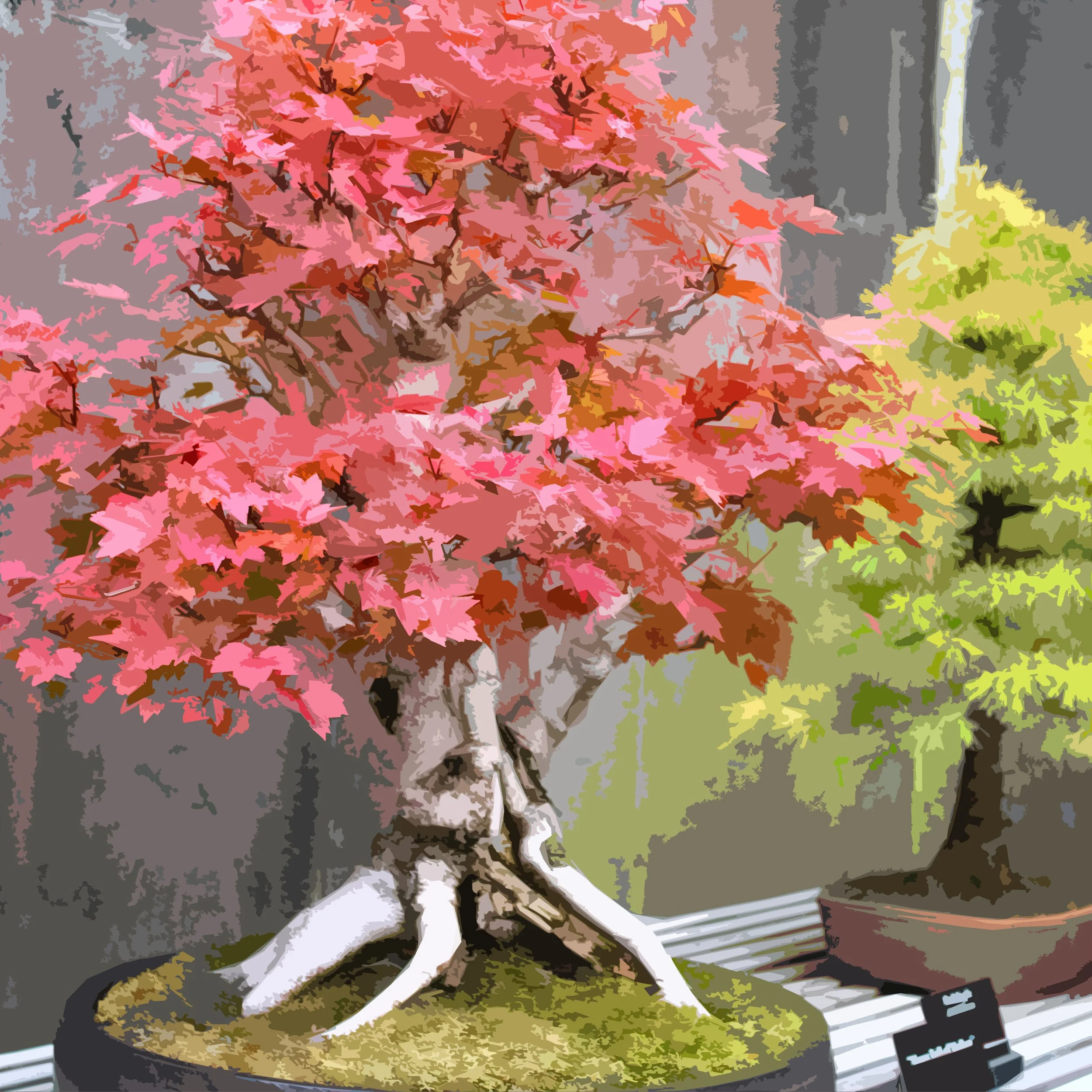Five Ways Bonsai is Different at the NC Arboretum
Cast your mind back to 2020, the year the Covid-19 pandemic changed everything about the way we live. The North Carolina Arboretum, like every other public institution in the world, had to react and adapt to the strange new reality of people avoiding social contact. The Adult Education department did this by producing online educational content, including live Zoom classes. The bonsai program was represented by a five-part series of Zoom classes that happened to be recorded. This entry features a video of the first installment of that series.
The audio/video quality of these recorded classes was not the best. Subsequently, a talented young man named Andrew Dundas, working with the Arboretum Education department, took on the thankless task of going through the videos and doing what he could to improve them. The audio was cleaned up to the extent possible, but still sounds a bit cavernous. The imagery was completely overhauled, however, and is now very good. A grainy little bit of the original live video was retained at the beginning of this production and now serves as a reminder of the circumstances under which the class was conducted. Once you make it through that brief section, there are a great many images of trees large and small, all of good quality.
This program was intended to be a broad statement about bonsai at The North Carolina Arboretum. There was no script for the voiceover, and regular readers of the Curator’s Journal will recognize various themes discussed throughout. The content was shaped through repetition. One purpose in writing the Journal is to more formally record information that was relayed in-person for many years in programs like this one.
